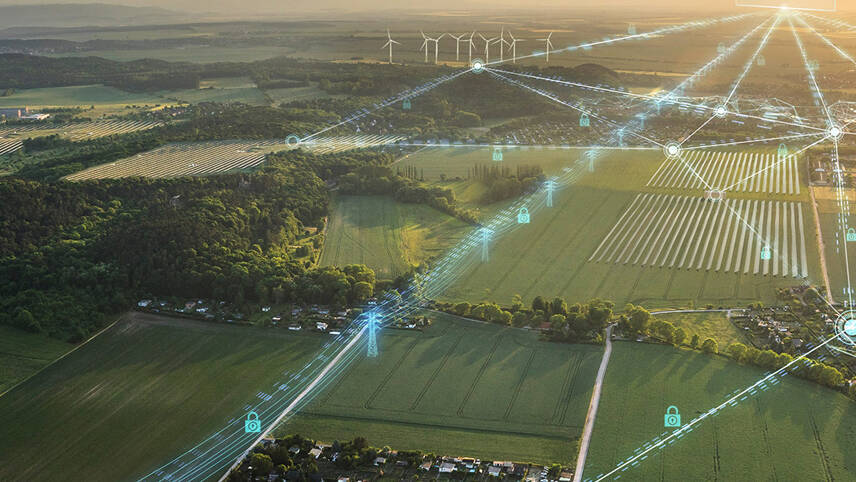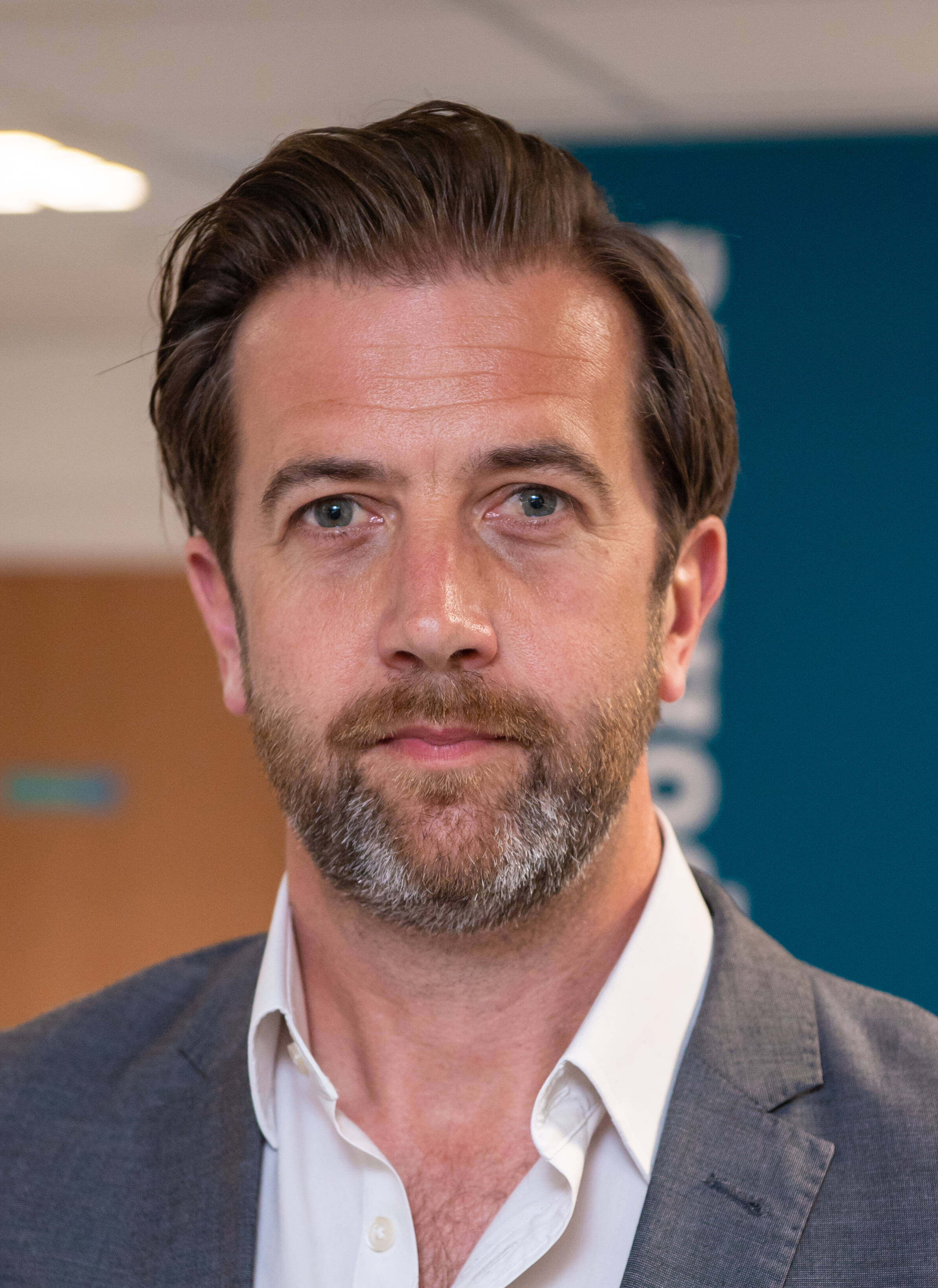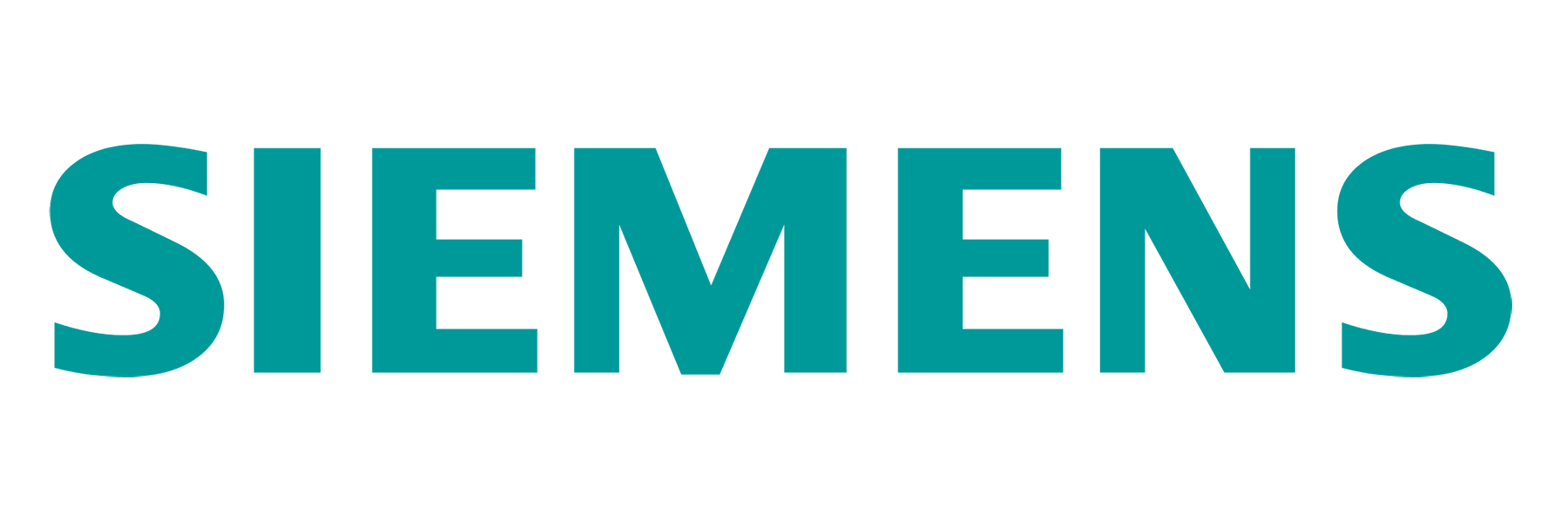This is the Sponsored paywall logged out

Much of the focus on the UK’s transition to green energy has centred on generation. Headline-grabbing investments in green hydrogen or how we deliver enough wind and solar generation to meet rising energy demand will always be key to our journey to net-zero. But the infrastructure and integration of this technology will be equally critical in reducing the overall carbon intensity of the grid.

Grid sustainability challenges come at a time when energy demands are rising. And yet, utilities’ role can’t just be to ‘keep the lights on’. A green grid relies on proactivity from the industry and will require decarbonisation, digitalisation, and decentralisation to come forward hand-in-hand to foster transformation.
In the hopes of reaching net-zero, a decarbonised grid will need to be optimised with the latest efficient technology, and at the same time be able to integrate renewables The appetite for network innovation is encouragingly high. This can be leveraged through advanced software solutions and grid developments – prosumers, renewable dominance, e-mobility, battery storage, smart metering etc. Meanwhile the rise in smarter energy networks and greater public awareness of the need to conserve energy and reducing the carbon impact of power will also support this.
From a digital perspective, the integration of IT and operations, or OT, needs to happen in tandem. Not only will this help support decarbonisation efforts, but it will also help enhance resilience against cyber-attacks.

External digital threats are becoming more and more advanced as well as covert. Whether the motivation is political tension or financial gain, the UK grid is a vulnerable asset. It needs to be resilient at all points to avoid downtime, financial loss, or needless CO2 emissions. Reducing exposure to risk can only come with effective and robust bridging between enterprise IT infrastructure and operational systems, a key vulnerability many attacks have previously exploited, alongside systems that safeguard against human error.
Finally, decentralising the grid to better integrate on-site generation that allows industry to adopt new technology at the Grid Edge will see the utilities sector be a key driver of change in the wider green economy. The Renewables 2022 Global Status Report pointed out in June that fossil fuels are still relied upon by industry, and many businesses are struggling to integrate renewables. Delivery of a Grid Edge infrastructure can support this shift and will be vital if we are to have a chance of making good on the UK’s green obligations.
But addressing all of these demands means we need to operate in different ways. Collaboration is going to be key as no single player in the market can drive transformation alone. The market needs to work together, alongside industry, to share knowledge and deliver clever, integrated systems that solve our challenges.
Our recent project with SP Energy Networks, partnering to create the UK’s first clean air substation, is one example of this kind of collaboration. We worked alongside SP Energy Networks to innovate a new climate-neutral insulation – a replacement for the polluting sulphur hexafluoride (SF6) gas traditionally used in substations. It is pilots like this that have the potential to create a greener and cleaner energy estate in the UK.
Overall, the key thing that will enact change in utilities is a robust plan for grid infrastructure transformation. We need to set ambitious goals for how we get there at pace, to give time to identify potential blockers and resolve them. Achieving this transformation will help create a UK energy infrastructure that optimises renewables, maximises efficiency and secures supply to new and emerging threats. Towering goals, perhaps, but the price of getting transformation wrong could be equally significant.





Please login or Register to leave a comment.